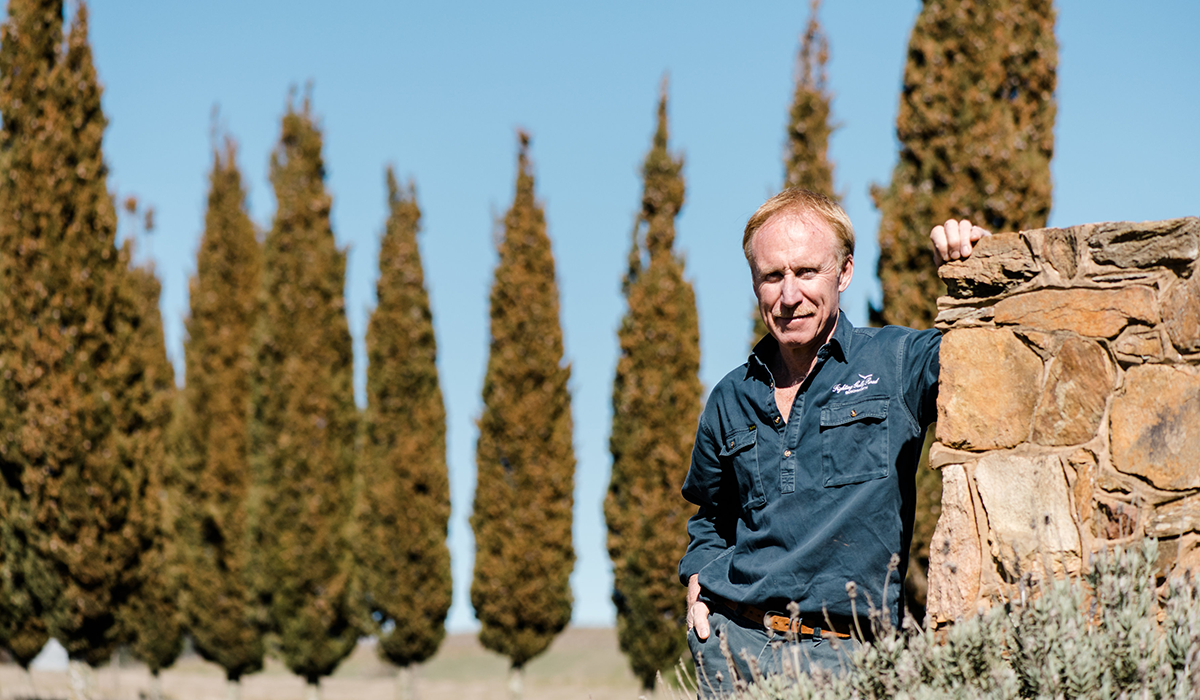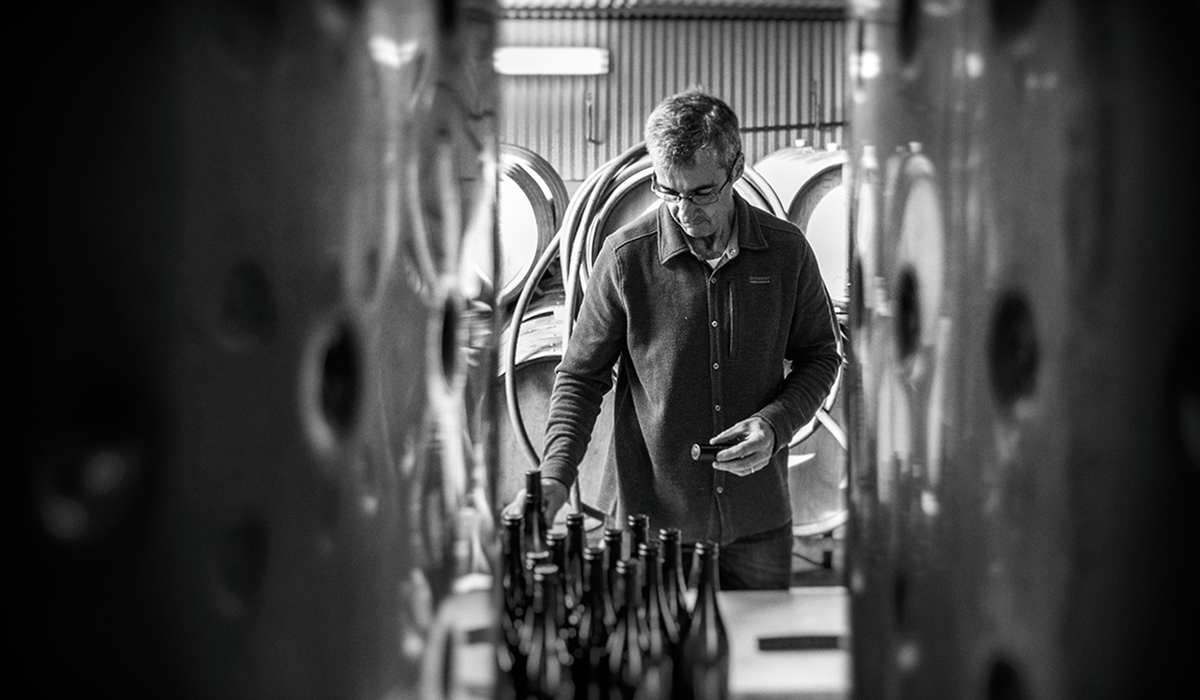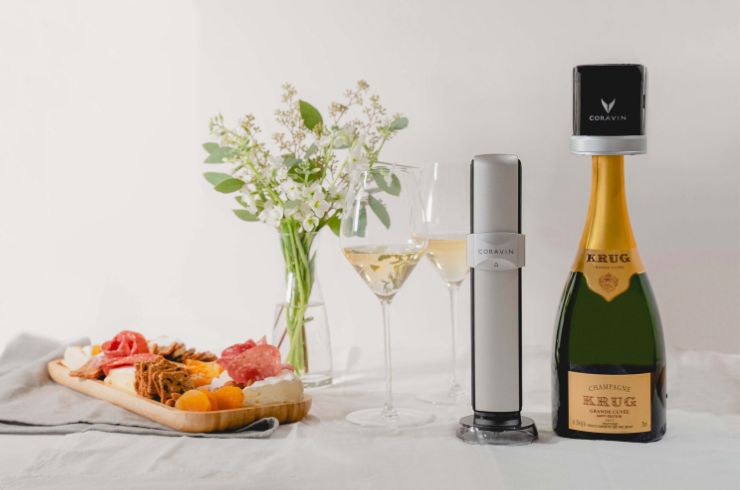Nebbiolo, pelaverga, vespolina, sangiovese, aglianico, teroldego, uva di Troia and nerello mascalese – how I love the way these exceptional red varieties roll across the tongue (both in name and taste). Each has its own remarkable and unique array of aromas and flavours with a distinct Italian DNA.
When it comes to vinous diversity, Italy wins easily. While numbers vary, Italian wine authority Ian D’Agata counts more than 500 officially identified indigenous varieties of red and white grapes. It’s an extraordinary number as it reveals how each region has its own distinctive offerings so intrinsic to the landscape. Given many are ancient, it is little wonder such wines have a sense of place.

Take Piedmont in the north-west. No other region in or outside of Italy comes close to replicating its array of exquisite reds from a qualitative perspective, with nebbiolo in pole position. Now, I could write a book about this region’s wine whether it’s the beguiling pelaverga with its heady aromas and fresh acidity or dolcetto’s perfume and zesty acidity, or the complex, mighty nebbiolo, but what often defines them – and the reds of Italy generally – is a distinct savouriness. They are not fruit-bomb wines.
It's a key reason Australia’s Italian love affair goes from strength to strength. Aside from slurping away at imports with gusto, plenty of producers have made a name with their local renditions: think Coriole, Pizzini, S.C.Pannell, Fighting Gully Road, Collector Wines, Billy Button Wines, Luke Lambert Wines and Chalmers to name a dedicated few. The latter responsible for clonal and varietal diversity thanks to its nursery/propagating business.
Chalmers has been importing Italian varieties for two decades – a pain-staking and time-consuming enterprise, yet the rewards are immense. Proof is in its own wines where you can enjoy pavana, piedirosso, nero d’Avola, bush vine negroamaro, and one day, the extraordinary Mt Etna variety, nerello mascalese.

Unfortunately, not all varieties travel well, and perhaps they shouldn’t leave home in the first place. Nebbiolo is a case in point. I’ve tasted some good Aussie nebs, but few come close to the Piemontese renditions even the entry level, Langhe. It remains elusive. Luke Lambert is establishing a vineyard dedicated only to this variety. It bodes well yet only time will tell.
Still, Australian producers have great success with nero d’Avola, montepulciano and certain producers, sangiovese.
Bryan Martin from Ravensworth in the Canberra District first planted sangiovese in 1999. He opted to start his vineyard with this red because while living and cheffing in London back in the ‘80s, he and (now wife) Jocelyn would go back and forth to Tuscany, visiting small places full of excellent cheese, prosciutto and Chianti Classico.

“It’s quite an alluring variety. I like drinking them and it made sense to make it,” he says adding that Alex McKay (Collector Wines), had researched Italian varieties and agreed it was a goer. The downside? A lack of clones but Bryan has since grafted better clonal material onto other existing vines. Ravensworth sangiovese is indeed a goer.
He also sources nebbiolo and barbera from the Hilltops region and more recently montepulciano, which is a less challenging variety. “Nebbiolo and sangiovese need more technique and thought whereas montepulciano is more forgiving and a great variety for its high acidity and low tannins.”
His background in food plays an integral role in his winemaking; he talks about flavour and texture a lot. Back to sangiovese where he says: “I like to show a more savoury tilt and enhance that with a long maceration. [The result] is fine tannins and the way it wraps up with food. Sangiovese with food makes sense. It goes well with olive oil and the acidity of tomatoes. But all these Italian varieties have this savouriness. It’s part of the allure.”



